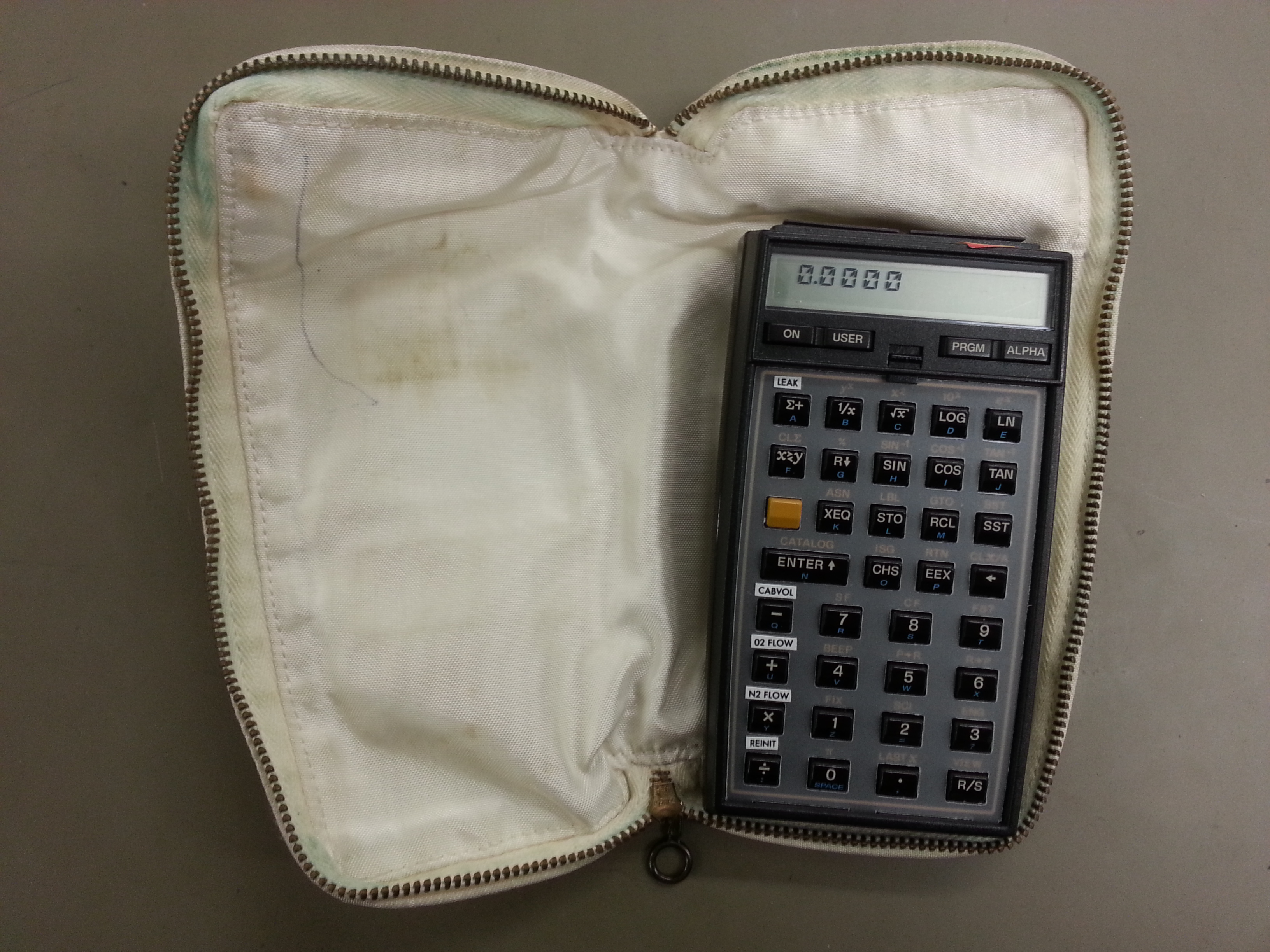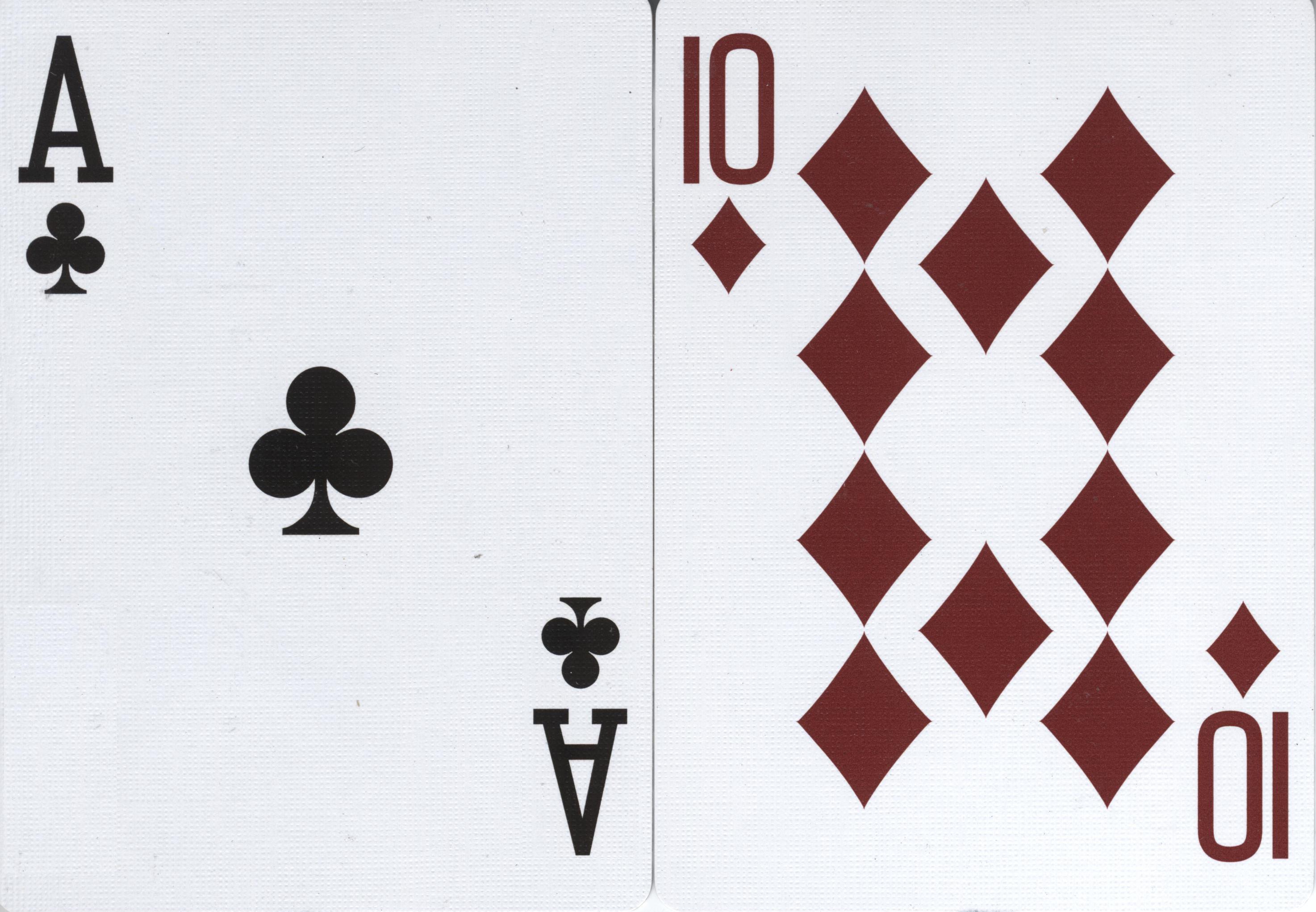|
HP-34C
The HP-34C continuous memory calculator is an advanced scientific programmable calculator of the HP 30 series. It was produced between 1979 (cost US$150) and 1983 (cost US$100). Features Root-finding and integration Significant to the HP-34C calculator is the capability for integration and root-finding (a first for any pocket calculator). Integration and root-finding works by having the user input a formula as a program. Multiple roots are found using the technique of first finding a root x=x_0, then dividing the equation by (x-x_0), thus driving the solution of the equation away from the root at that point. This technique for multiple root-finding is referred to as "deflation". The user would usually programmatically recall the root value from a storage register to improve its precision. Programming The common method of converting registers to program memory allowed the calculator a maximum of 210 program steps. Programming features such as indirect jumps provides substa ... [...More Info...] [...Related Items...] OR: [Wikipedia] [Google] [Baidu] |
HP 30 Series
The HP-30 or Spice series are RPN Scientific hand-held calculators introduced by Hewlett-Packard in 1978. Some models are programmable. Overview Perhaps the HP-30 series, Spice, was to be released as a replacement for the aging HP-20 series. It has no expandability. The display provided better readability by increasing the digit size and adding commas. The entry-level was the HP-31E and 32E, that were not programmable; but even the 31E provided a Self-check. The HP-37E and 38E/C were the financial models of the Spice series. The battery of these calculators can be changed without using tools. The housing is closed by screws. Programming The HP-33E/C (49 steps plus subroutines) and HP-34C (70 steps) and 38E/C (99 steps) are programmable, the C-models have a permanent memory. The production of the 31E ended in 1980, production of the other Spice models ended in 1983. As this calculator is regarded amongst the very good in terms of quality, key stroke feel and daily usabili ... [...More Info...] [...Related Items...] OR: [Wikipedia] [Google] [Baidu] |
Continuous Memory
The term continuous memory was coined by Hewlett-Packard (HP) to describe a unique feature of certain HP calculators whereby the calculator could internally sustain most, or in later models - all, of the contents of user memory (via battery-backed CMOS memory). Since its introduction on the HP-25C, this feature slowly evolved by model to eventually mean maintaining the contents of nearly all calculator memory, including system and scratch RAM, options, settings, flags, and other calculator state information. Before the introduction of the HP-25C in 1976, all calculator random-access memory (RAM) was volatile, i.e. its contents (esp. user data in storage registers and any user programs) were cleared when the calculator was turned off. Three early models with this improved, continuous memory - the HP-25C, HP-29C, and HP-19C - actually had the words "'' Continuous Memory ''" printed in conspicuous, white script on the bottom margin of their faceplates. The "C" in the model desig ... [...More Info...] [...Related Items...] OR: [Wikipedia] [Google] [Baidu] |
HP-15C
The HP-15C is a high-end scientific programmable calculator of Hewlett-Packard's Voyager series produced between 1982 and 1989. The "C" in the name refers to the continuous memory, such that the calculator retains it's state when switched off. Models HP-15C The HP-15C is a high-end scientific pocket calculator with a root-solver and numerical integration. A member of Hewlett-Packard Voyager series of programmable calculators, it was produced between 1982 and 1989. The calculator is able to handle complex numbers and matrix operations. Although out of production, its popularity has led to high prices on the used market. The HP-15C was a replacement for the HP-34C. The 15C used bulk CMOS technology for its processor, resulting in very low power consumption. HP 15C Limited Edition After showing a prototype labelled ''HP 15c+'' at the HHC 2010, HP announced the ''HP 15C Limited Edition'' (NW250AA) on 1 September 2011. It is based on a flashable controller utilizing ... [...More Info...] [...Related Items...] OR: [Wikipedia] [Google] [Baidu] |
HP-41C
The HP-41C series are programmable, expandable, continuous memory handheld RPN calculators made by Hewlett-Packard from 1979 to 1990. The original model, HP-41C, was the first of its kind to offer alphanumeric display capabilities. Later came the HP-41CV and HP-41CX, offering more memory and functionality. The alphanumeric "revolution" The alphanumeric LCD screen of the HP-41C revolutionized the way a pocket calculator could be used, providing user friendliness (for its time) and expandability (keyboard-unassigned functions could be spelled out alphabetically). By using an alphanumeric display, the calculator could tell the user what was going on: it could display error messages, such as showing ("DATA ERROR") upon attempting to divide by zero instead of simply displaying a blinking zero; it could also specifically prompt the user for arguments ("ENTER RADIUS") instead of just displaying a question mark. Earlier calculators needed a key, or key combination, for every av ... [...More Info...] [...Related Items...] OR: [Wikipedia] [Google] [Baidu] |
HP Calculators
HP calculators are various calculators manufactured by the Hewlett-Packard company over the years. Their desktop models included the HP 9800 series, while their handheld models started with the HP-35. Their focus has been on high-end scientific, engineering and complex financial uses. History In the 1960s, Hewlett-Packard was becoming a diversified electronics company with product lines in electronic Measuring instrument, test equipment, scientific instrumentation, and medical electronics, and was just beginning its entry into computers. The corporation recognized two opportunities: it might be possible to automate the instrumentation that HP was producing, and HP's customer base were likely to buy a product that could replace the slide rules and adding machines that were being used for computation. With this in mind, HP built the Hewlett-Packard 9100A, HP 9100 desktop scientific calculator. This was a full-featured calculator that included not only standard "adding machi ... [...More Info...] [...Related Items...] OR: [Wikipedia] [Google] [Baidu] |
Scientific Calculator
A scientific calculator is an Electronics, electronic calculator, either desktop or handheld, designed to perform calculations using basic (addition, subtraction, multiplication, Division (mathematics), division) and advanced (Trigonometric functions, trigonometric, Hyperbolic functions, hyperbolic, etc.) mathematical Operation (mathematics), operations and Function (mathematics), functions. They have completely replaced slide rules as well as books of mathematical tables and are used in both educational and professional settings. In some areas of study and professions scientific calculators have been replaced by graphing calculators and financial calculators which have the capabilities of a scientific calculator along with the capability to graph input data and Function (mathematics), functions, as well as by numerical computing, computer algebra, statistical, and spreadsheet software packages running on personal computers. Both desktop and mobile software calculators can also ... [...More Info...] [...Related Items...] OR: [Wikipedia] [Google] [Baidu] |
Programmable Calculator
Programmable calculators are calculators that can automatically carry out a sequence of operations under the control of a stored computer programming, program. Most are Turing complete, and, as such, are theoretically general-purpose computers. However, their user interfaces and programming environments are specifically tailored to make performing small-scale numerical computations convenient, rather than for general-purpose use. The first programmable calculators such as the IBM CPC used punched cards or other media for program storage. Hand-held electronic calculators store programs on magnetic strips, removable read-only memory cartridges, flash memory, or in battery-backed read/write memory. Since the early 1990s, most of these flexible handheld units belong to the class of graphing calculators. Before the mass-manufacture of inexpensive dot-matrix LCDs, however, programmable calculators usually featured a one-line numeric or alphanumeric display. The Big Four manufacturer ... [...More Info...] [...Related Items...] OR: [Wikipedia] [Google] [Baidu] |
Integral
In mathematics, an integral is the continuous analog of a Summation, sum, which is used to calculate area, areas, volume, volumes, and their generalizations. Integration, the process of computing an integral, is one of the two fundamental operations of calculus,Integral calculus is a very well established mathematical discipline for which there are many sources. See and , for example. the other being Derivative, differentiation. Integration was initially used to solve problems in mathematics and physics, such as finding the area under a curve, or determining displacement from velocity. Usage of integration expanded to a wide variety of scientific fields thereafter. A definite integral computes the signed area of the region in the plane that is bounded by the Graph of a function, graph of a given Function (mathematics), function between two points in the real line. Conventionally, areas above the horizontal Coordinate axis, axis of the plane are positive while areas below are n ... [...More Info...] [...Related Items...] OR: [Wikipedia] [Google] [Baidu] |
Root-finding Algorithm
In numerical analysis, a root-finding algorithm is an algorithm for finding zeros, also called "roots", of continuous functions. A zero of a function is a number such that . As, generally, the zeros of a function cannot be computed exactly nor expressed in closed form, root-finding algorithms provide approximations to zeros. For functions from the real numbers to real numbers or from the complex numbers to the complex numbers, these are expressed either as floating-point numbers without error bounds or as floating-point values together with error bounds. The latter, approximations with error bounds, are equivalent to small isolating intervals for real roots or disks for complex roots. Solving an equation is the same as finding the roots of the function . Thus root-finding algorithms can be used to solve any equation of continuous functions. However, most root-finding algorithms do not guarantee that they will find all roots of a function, and if such an algorithm does not f ... [...More Info...] [...Related Items...] OR: [Wikipedia] [Google] [Baidu] |
Calculator Spelling
Calculator spelling is an Unintended consequences, unintended characteristic of the seven-segment display traditionally used by calculators, in which, when read upside-down, the digits resemble letters of the Latin alphabet. Each digit may be mapped to one or more letters, creating a limited but functional subset of the alphabet, sometimes referred to as ''beghilos'' (or ''beghilosz''). Applications Aside from novelty and amusement, calculator spelling has limited utility. The popularity of pagers in the 1990s gave rise to a form of leetspeak called "pager-speak." Students, in particular, experimented with calculators to discover new words. English version : The "original" attributed example of calculator spelling, which dates from the 1970s, is 5318008, which when turned over spells "wikt:boobies, BOOBIES". Another early example of calculator spelling offered the sequence 0.7734, which becomes "hello", or could also be written as 0.1134. The 1979 album ''Five Three One - Doub ... [...More Info...] [...Related Items...] OR: [Wikipedia] [Google] [Baidu] |
Blackjack
Blackjack (formerly black jack or ''vingt-un'') is a casino banking game. It is the most widely played casino banking game in the world. It uses decks of 52 cards and descends from a global family of casino banking games known as " twenty-one". This family of card games also includes the European games '' vingt-et-un'' and pontoon, and the Russian game . The game is a comparing card game where players compete against the dealer, rather than each other. History Blackjack's immediate precursor was the English version of '' twenty-one'' called ''vingt-un'', a game of unknown provenance. The first written reference is found in a book by the Spanish author Miguel de Cervantes. Cervantes was a gambler, and the protagonists of his " Rinconete y Cortadillo", from ''Novelas Ejemplares'', are card cheats in Seville. They are proficient at cheating at ''veintiuno'' (Spanish for "twenty-one") and state that the object of the game is to reach 21 points without going over and that the ac ... [...More Info...] [...Related Items...] OR: [Wikipedia] [Google] [Baidu] |



